MSI Prestige 16 Studio review: creator laptop looks nice, lacks grunt
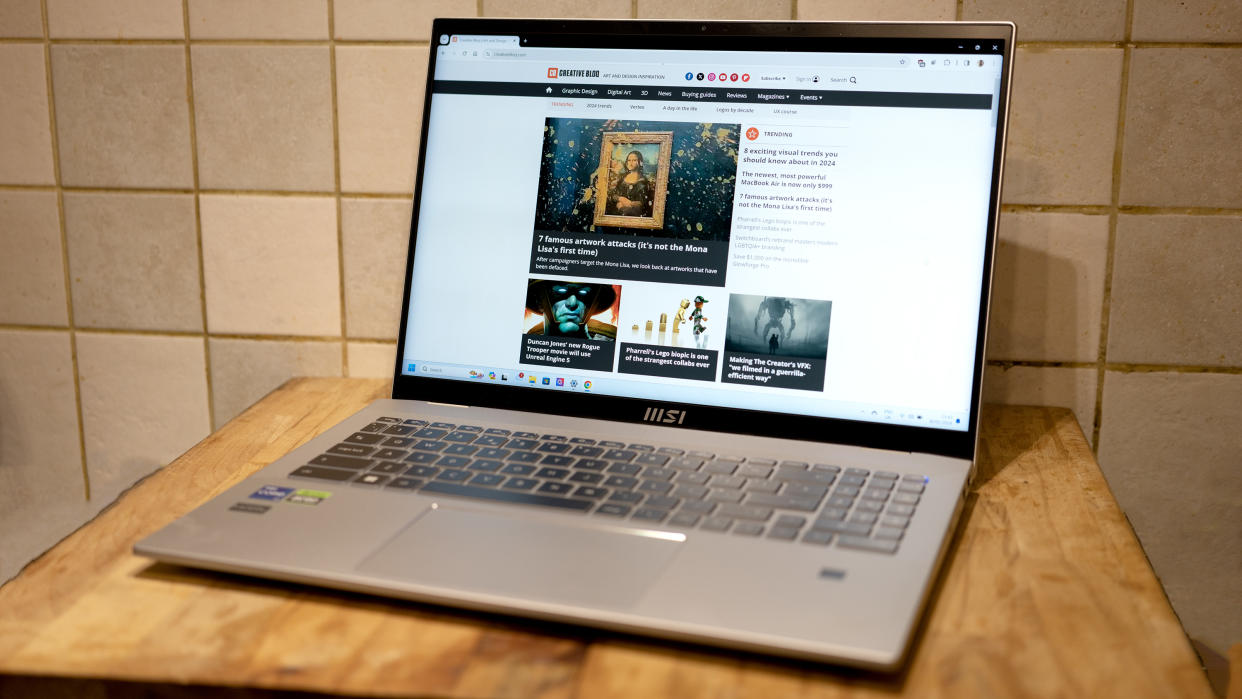
With its robust aluminium shell and vibrant 16:10 screen, the MSI Prestige Studio 16 is the epitome of a creator’s laptop. Inside there are top-end components, with a fast CPU and accompanying discrete GPU giving it the ability to rip through video and graphics tasks. Unfortunately, while on paper it should contend for a spot among the best laptops for graphic design or photo-editing, in our hands, it provided poor performance and a short battery life, making it hard to recommend.
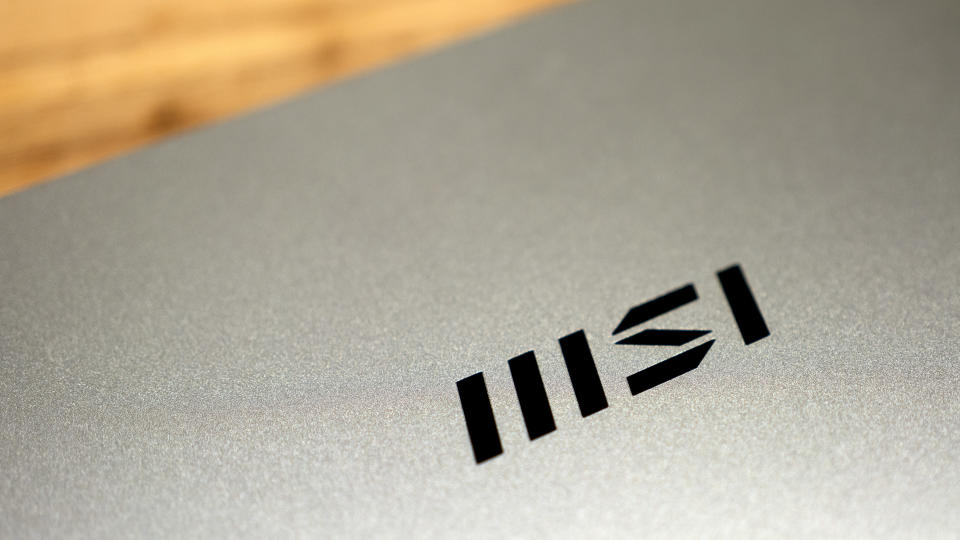
MSI Prestige 16 Studio: Key specifications
Design, build and display
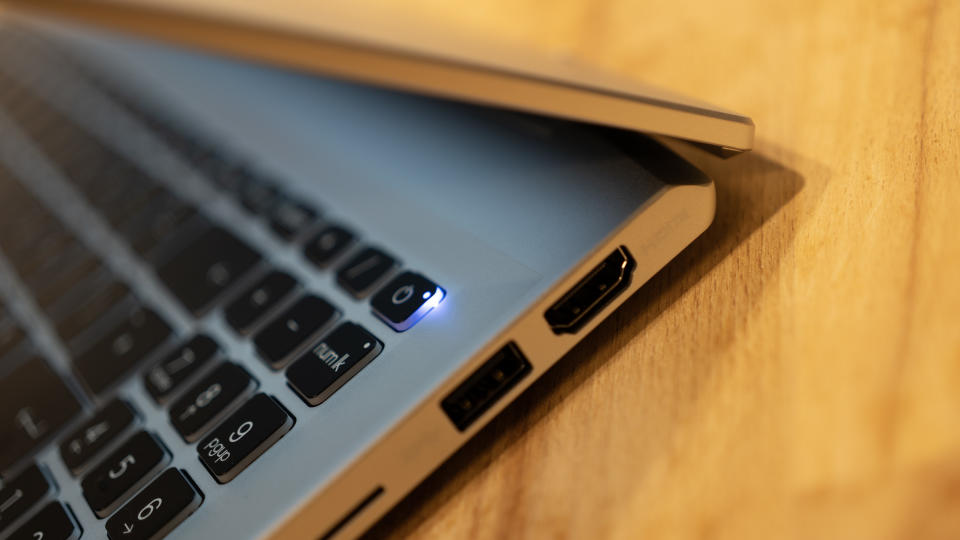
Made from aluminium and with a big trackpad, there's no hiding the market the MSI Prestige 16 Studio has been designed to address. If you like the look of the MacBook Pro’s chassis, but get scared by its price tag, then this laptop, graced by MSI’s angular new logo, has a design advantage over the lumpen plasticariat that make up much of the portable computer diaspora.
There's an air of solidity about the Prestige Studio as a result. It’s a laptop you’ll feel no fear about slapping in a bag or waving around in the air held by its edge. The lid closes firmly, the charger attaches tightly, there's no feeling that it might all fall apart at any second.
Open it up, and you’re confronted by the mini-LED screen, which has a 16:10 aspect ratio and a resolution slightly higher than 1440p. It’s a lovely thing, though to our eyes not as vibrant and colourful as an OLED. It’s plenty bright enough though, and the test results look pretty good for content creators. The screen is capable of displaying 100% of sRGB, 86% of AdobeRGB, and 93% of the P3 colour gamut. At 100% brightness it can put out 478 nits, which is getting close to MacBook screens and beats a lot of other laptop panels out there.
Four USB ports adorn the edges of the laptop, but they're all USB 3. The Type-C ports hit 10gbps, but there's nothing faster such as USB 4 or Thunderbolt.
Keyboard and trackpad

We’ve become bg fans of MSI’s gently backlit keyboard while writing this review. The keys have plenty of resistance, and a decent amount of travel for a laptop. This is a full-size model that takes advantage of the 16in chassis to squeeze a cut-down numpad in on the right. It might have been nice not to bother, as the number keys are so small they can be difficult to press accurately, especially if you’re used to using a normal-sized numpad to enter a PIN quickly, and the space could have been used for speakers (they’re there, but downward-firing) or just to make things a little less tight. As it is, there's a small set of arrow keys, the Return key is half-height to make way for an outsized #, and the F row is diminutive.
There's a fingerprint reader on the right of the casing, ready for Windows Hello to use for unlocking (webcam face recognition isn’t available), and the trackpad is central. It’s smooth with a positive click action, and takes up a surprising amount of space. Content creators are likely to use an external mouse, but having this amount of multitouch area available to you certainly makes it a more viable tool for precision work than a smaller one.
Performance
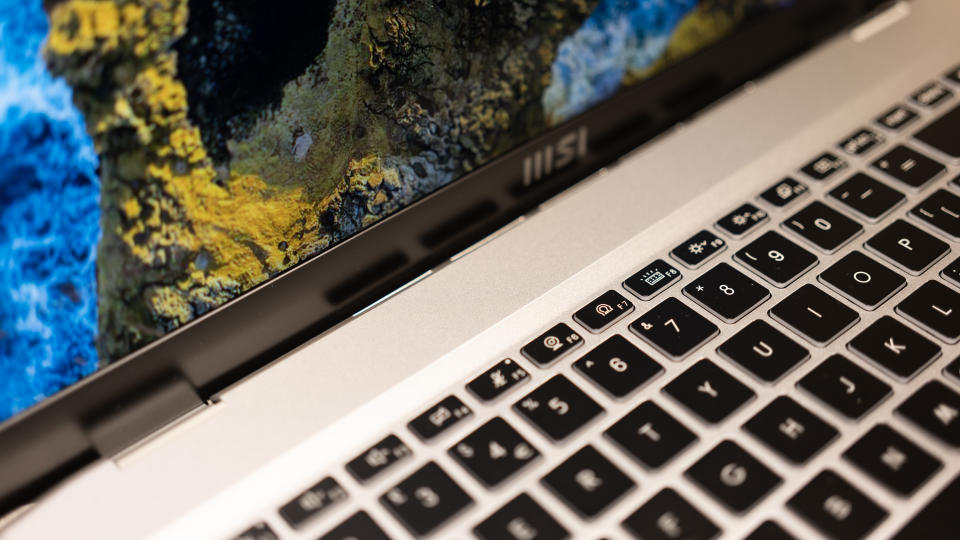

The Prestige Studio is built around Intel’s 13th generation processors. There's an i7 in our review model, with six performance cores and four efficiency ones. It’s capable of boosting all the way up to 4.9GHz when placed under load, and has Intel’s DL Boost tech on board for extra performance in deep-learning AI applications. An i9 version is also available, which would add four more cores to the mix.
There's 16GB of RAM fitted, which is about the minimum you’d need for this level of performance. Double the RAM would have been nice to see, especially with the content creation tasks this laptop is likely to be used for. There's also an Nvidia RTX 4050 GPU, the entry-level 4000-series processor with ray-tracing support. It’s more likely to be used for video acceleration than gaming, and as such comes with Nvidia’s Studio drivers installed, though you can change these for the Game Ready drivers by installing the GeForce Experience app. The RTX 4050 has proved itself a capable gaming chip with support for the latest version (at the time of writing) of Nvidia’s DLSS upscaling and frame generation tech.
The Prestige Studio’s multicore CPU results in Geekbench 6 are disappointing. The H-series processors are designed for laptops with power efficiency in mind, and so can’t be expected to keep up completely with their desktop peers, but to see a multicore score of less than 7,000 when 13th-gen i5 desktop chips are posting scores over 10,000 is the sort of thing that makes you wonder if everything’s alright.
Looking further into the benchmarks, a Cinebench R23 multicore score of 5,934 doesn't look too good compared to other scores from the same chip that go over 10,000. At least the GPU’s OpenCL performance is broadly in line with other benchmark results.
What could be causing this? It’s possible the chips are throttling down because of temperature spikes - the Prestige Studio has a specially designed dual-fan cooler that’s built with quietness in mind, and certainly during our testing we didn’t notice the fan become unduly loud at any point even though the laptop was set to the Performance power plan in Windows 11’s Settings.
There were also a lot of system updates to do immediately after we set up the machine, so it’s possible some updated driver software is keeping the CPU from reaching its full potential. Hopefully this can be addressed in a future update.
In our battery life tests, the Prestige Studio shut down after almost seven hours of use, with the screen set to 50%. That’s not bad, but might not be enough to get you through a full day if you’re doing more than using office apps and browsing. It’s a step up from what you’d expect from a gaming laptop, certainly, but lags behind the MacBook Air and even MSI’s own Prestige 14 Evo.
Price

Being a £1,300 laptop puts the Prestige Studio 16 in competition with a lot of companies’ best offerings. It undercuts gaming laptops such as the Razer Blade 15 or MSI’s own Stealth Studio 16, but is more expensive than i7-equipped Asus Vivobooks and MSI’s Modern, probably because of the Prestige’s uprated graphics chip. The 15in MacBook Air with an M2 chip and 8GB of RAM is just a little more expensive, and should be a serious consideration if you’re thinking about a content creation laptop in this price range.
Should I buy the MSI Prestige 16 Studio?
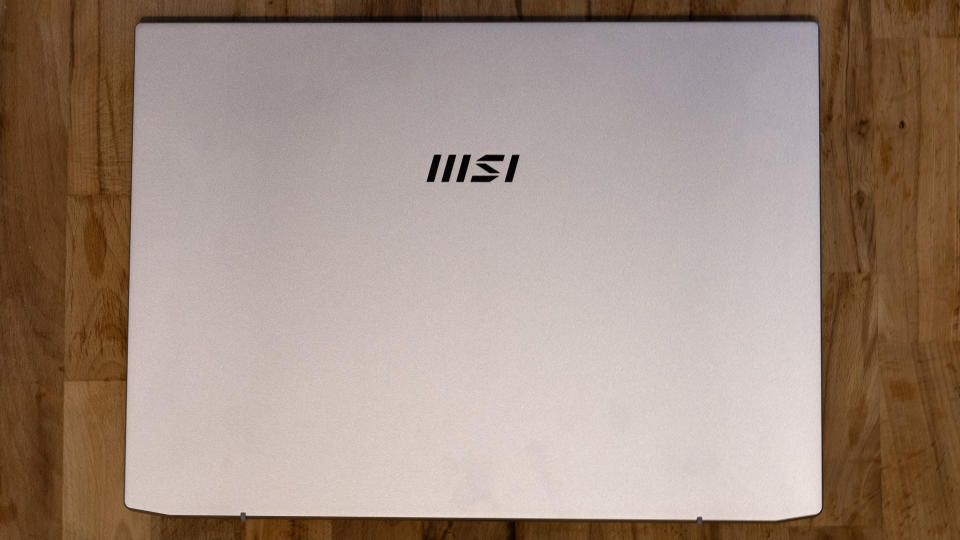
The MSI Prestige Studio 16 looks good from the outside. It has the all-metal chassis that we yearn to sit behind in coffee shops, some fast internal storage and ports to transfer data, plus a Mini-LED screen that produces good colour and brightness. The benchmark tests paint a different picture, however, and with a battery that lasts seven hours it’s a tricky machine to recommend for creative work on the move, as its competitors are pulling away.

